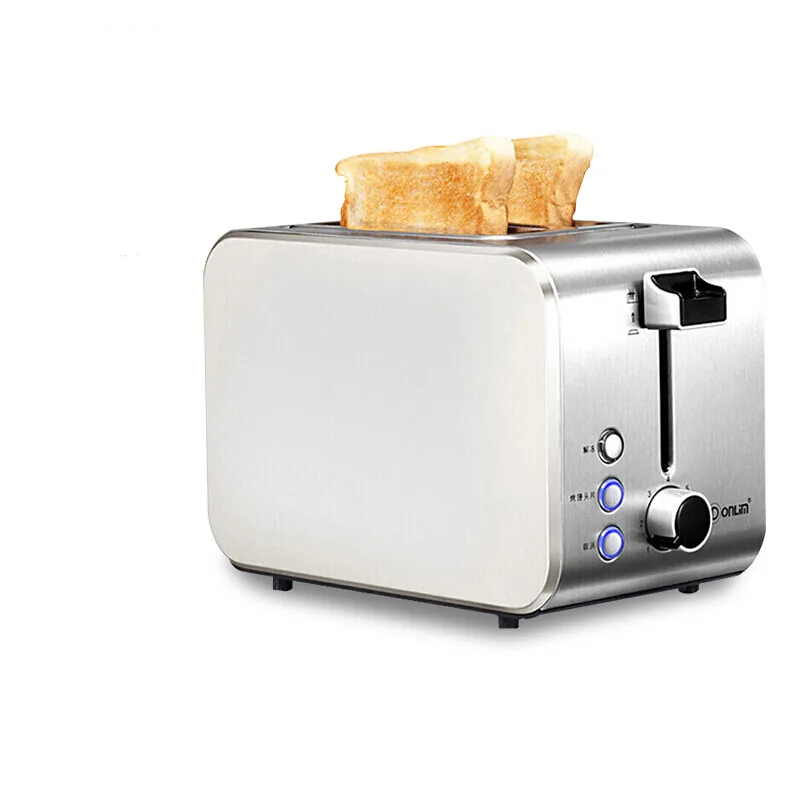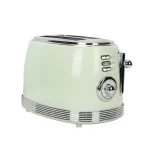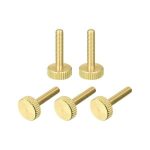Introduction
Toasters are a common kitchen appliance used for toasting bread, bagels, or pastries. When using a toaster, it is important to understand its limitations and safety precautions, especially regarding the use of aluminum foil. In this comprehensive guide, we will explore the topic of using aluminum foil in a toaster, addressing potential risks, safety guidelines, and alternative methods to achieve the desired results. By following these specific instructions, you can safely use your toaster while avoiding hazards and damage.
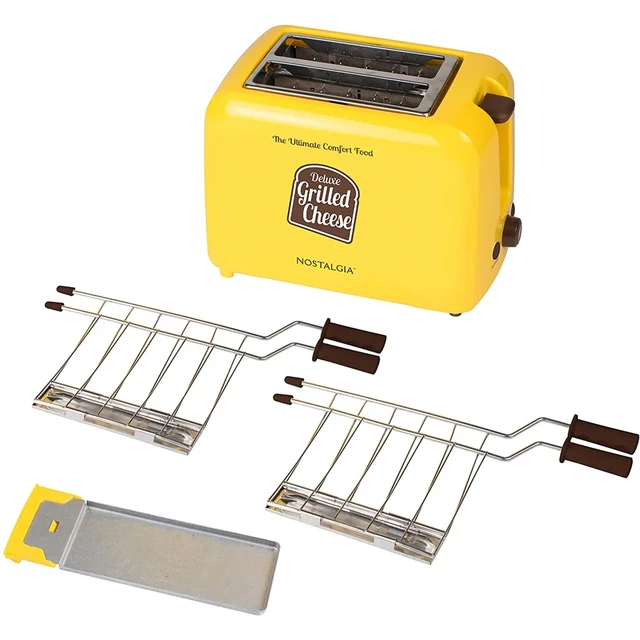
Can you put aluminum foil in toaster?
I. Understanding the Risks of Aluminum Foil in a Toaster
-
Fire Hazard:
- One of the primary risks of using aluminum foil in a toaster is the potential for a fire hazard. Aluminum foil can easily conduct heat and may come into contact with the heating elements in the toaster, leading to a fire risk.
-
Electrical Shorts:
- Placing aluminum foil in a toaster can cause electrical shorts. The foil can come into contact with the toaster’s internal wiring or heating elements, which may result in damage to the toaster or even electrical shock.
-
Damage to the Toaster:
- Using aluminum foil in a toaster can damage the heating elements or other internal components by altering the manufacturer’s intended design. The foil may melt, adhere to the heating elements, or cause other malfunctions that render the toaster unsafe or inoperable.
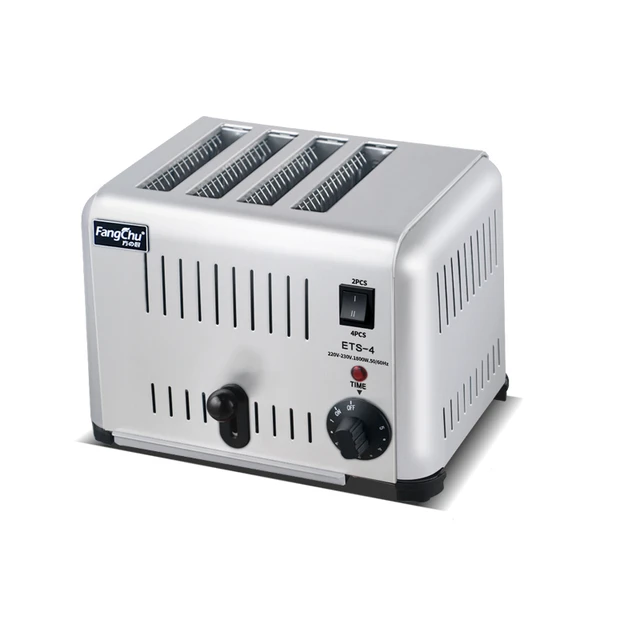
II. Safety Guidelines for Toaster Use
-
Follow Manufacturer’s Instructions:
- Always refer to the toaster’s user manual or manufacturer’s instructions for specific guidelines regarding acceptable use and safety precautions. Different toaster models may have unique specifications that should be followed to ensure safe and proper operation.
-
Use the Toaster Properly:
- Use the toaster according to its intended function. Place bread, bagels, or pastries directly onto the toaster’s racks or slots designed for toasting. Do not place any other objects, including aluminum foil, inside the toaster.
-
Monitor While Toasting:
- Supervise the toaster while it is in operation. Avoid leaving the toaster unattended, as it increases the risk of fire or electrical hazards. Pay attention to any unusual smells or smoke, and immediately unplug the toaster if any issues arise.
-
Regular Cleaning:
- Keep the toaster clean and free of crumbs or debris. Regularly remove crumbs from the crumb tray at the bottom of the toaster. A clean toaster reduces the risk of fires caused by accumulated crumbs or other flammable materials.
III. Alternative Methods for Achieving Desired Results
-
Oven or Oven Toaster:
- To achieve results similar to a toaster, consider using an oven or oven toaster. Place bread or other items directly on the oven rack or use a baking sheet for toasting. This method provides more control and eliminates the risk associated with using aluminum foil in a toaster.
-
Toaster Oven:
- If you desire toasting capabilities similar to a toaster but with additional features, invest in a toaster oven. Toaster ovens generally have larger capacities and can accommodate a variety of items without the need for aluminum foil.
-
Convection Ovens or Air Fryers:
- Convection ovens or air fryers can also be used for toasting or achieving a crispy texture. These appliances use hot air circulation to cook food evenly. Follow the specific instructions provided with the appliance for optimal toasting results.
-
Grill or Stovetop Toasting:
- For a different toasting experience, consider using a grill or stovetop method. Place bread or other items directly on a grill or stovetop pan with low heat. Flip the items as necessary to achieve the desired level of toasting.
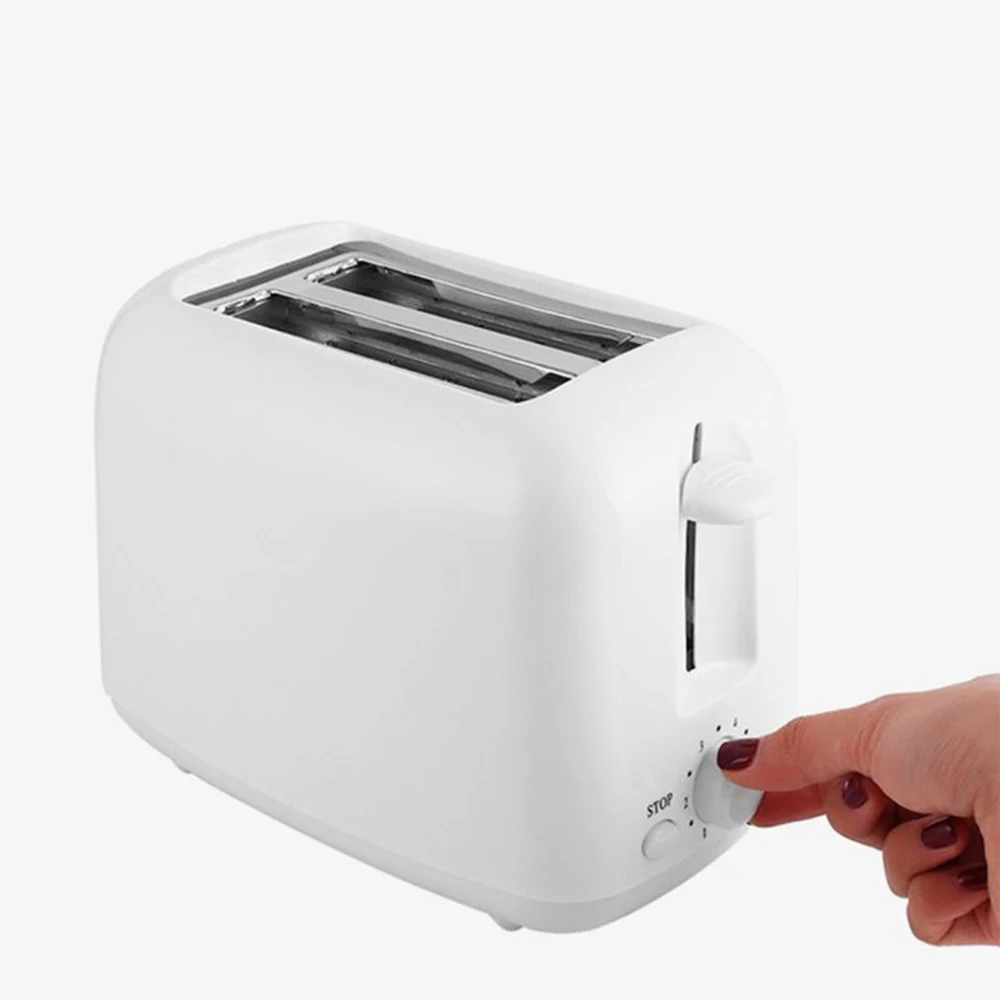
IV. Cleaning and Maintenance for Safe Toaster Use
-
Unplug Before Cleaning:
- Before cleaning the toaster, unplug it and ensure it is completely cool. This step minimizes the risk of electrical shock.
-
Crumb Removal:
- Regularly remove crumbs from the toaster’s crumb tray. This prevents excessive buildup and reduces the risk of fires caused by accumulated debris.
-
Exterior Cleaning:
- Wipe the exterior of the toaster with a soft, damp cloth. Use mild dish soap if necessary. Avoid excessive moisture, and ensure the toaster is completely dry before use.
-
Periodic Professional Servicing:
- Consider periodic servicing by a professional or authorized service center to maintain the toaster’s functionality and safety. This is particularly beneficial for complex or high-end toasters.
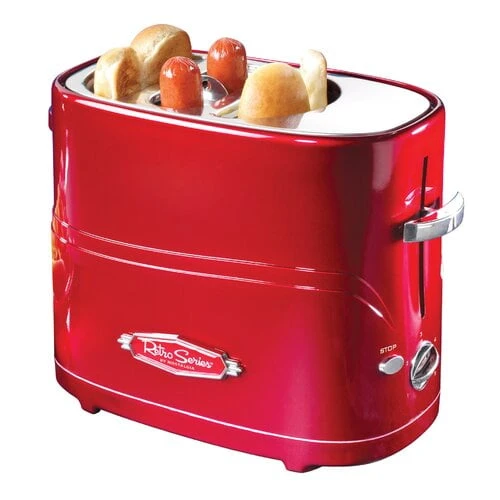
VI. Responding to Frequently Asked Questions
-
Can I use aluminum foil to cover the outside of my toaster for easy cleaning and protection?
- It is generally advised not to cover the outside of the toaster with aluminum foil. Aluminum foil can interfere with the toaster’s ventilation, potentially leading to overheating and compromising the toaster’s safety and functionality.
-
Are there any specific toaster models that allow the use of aluminum foil?
- Most toaster manufacturers explicitly state that aluminum foil should not be used in their toasters. It is important to follow the manufacturer’s guidelines and not assume that any toaster model is safe to use with aluminum foil.
-
Can I wrap food, such as cheese or toppings, in aluminum foil and place it on top of my toast while using the toaster?
- It is not recommended to place aluminum foil-wrapped food directly on top of the toast while using the toaster. Aluminum foil may contact the heating elements, posing a fire hazard. Instead, consider using a separate oven or toaster oven to melt cheese or heat toppings.
-
Can I use aluminum foil as a makeshift crumb tray or liner for my toaster?
- It is strongly advised against using aluminum foil as a substitute for the crumb tray or as a liner in the toaster. The aluminum foil may get into contact with the toaster’s internal components, increasing the risk of electric shock or damage to the toaster.

V. Conclusion: Prioritizing Safety in Toaster Use
Using aluminum foil in a toaster presents serious safety risks, including fire hazards and potential electrical shorts. It is crucial to follow safety guidelines, such as avoiding the use of aluminum foil inside the toaster and closely adhering to the manufacturer’s instructions.
To achieve the desired toasting results without the use of aluminum foil, consider alternative methods such as oven toasting, toaster ovens, convection ovens, grills, or stovetop toasting. These methods provide safer alternatives and reduce the risk of damage or hazards associated with using aluminum foil.
Remember to maintain regular cleaning and proper maintenance practices for your toaster to ensure its safety and longevity. By prioritizing safety and following these guidelines, you can enjoy toasting your bread, bagels, and pastries with peace of mind, while minimizing the risk of accidents or damage.
